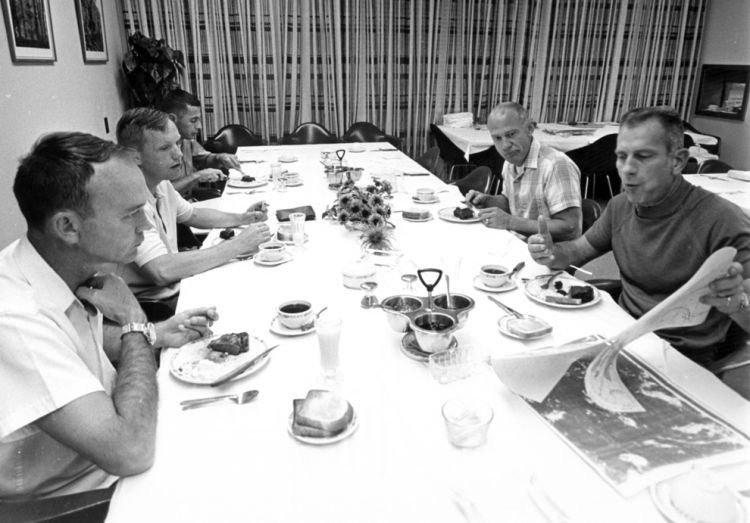|
|
Apollo 11 Spaceflight, First Manned Moon Landing
|
Five minutes into the descent burn, and 6,000 feet (1,800 m) above the surface of the Moon, the LM navigation and guidance computer distracted the crew with the first of several unexpected "1202" and "1201" program alarms. Inside Mission Control Center in Houston, Texas, computer engineer Jack Garman told guidance officer Steve Bales it was safe to continue the descent and this was relayed to the crew. The program alarms indicated "executive overflows", meaning the guidance computer could not complete all of its tasks in real time and had to postpone some of them.
In a letter to Datamation, March 1, 1971, Margaret H. Hamilton, Director of Apollo Flight Computer Programming MIT Draper Laboratory, Cambridge, Massachusetts, stated: “Due to an error in the checklist manual, the rendezvous radar switch was placed in the wrong position. This caused it to send erroneous signals to the computer. The result was that the computer was being asked to perform all of its normal functions for landing while receiving an extra load of spurious data which used up 15% of its time. The computer (or rather the software in it) was smart enough to recognize that it was being asked to perform more tasks than it should be performing. It then sent out an alarm, which meant to the astronaut, I'm overloaded with more tasks than I should be doing at this time and I'm going to keep only the more important tasks; i.e., the ones needed for landing...Actually, the computer was programmed to do more than recognize error conditions. A complete set of recovery programs was incorporated into the software. The software's action, in this case, was to eliminate lower priority tasks and re-establish the more important ones...If the computer hadn't recognized this problem and taken recovery action, I doubt if Apollo 11 would have been the successful moon landing it was”.
• Landing
When Armstrong again looked outside, he saw that the computer's landing target was in a boulder-strewn area just north and east of a 300 metres (980 ft) diameter crater (later determined to be "West crater", named for its location in the western part of the originally planned landing ellipse). Armstrong took semi-automatic control and, with Aldrin calling out altitude and velocity data, landed at 20:17 UTC on July 20 with about 25 seconds of fuel left.
|
|









